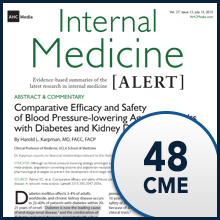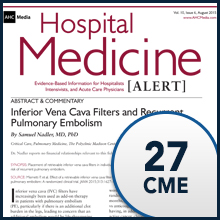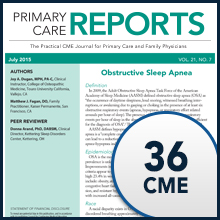For Physicians, Too Much of a Good Thing Doesn’t Necessarily Save Lives
March 20th, 2017
BOSTON – Doing everything you can for your patients — including ordering expensive tests and interventions — might be your idea of good medicine, but it doesn’t necessarily work to keep them from returning to the hospital or save their lives.
In fact, hospitalized patients treated by physicians who order more or more costly tests and procedures are just as likely to be readmitted or to die as patients treated by doctors who order fewer or less expensive tests, points out a study in JAMA Internal Medicine.
The research led by Harvard Medical School and the Harvard T.H. Chan School of Public Health is touted as the first to examine the effect of individual physicians' spending patterns on patient outcomes.
"If you spend more money on a car or a TV, you tend to get a nicer car or a better TV," explained senior author Anupam B. Jena, MD, PhD. "Our findings show that's not the case when it comes to medical care. Spending more doesn't always mean you get better health."
Background information in the study notes that most previous evidence, comparing spending based on geographic regions and hospital systems, has found that greater spending does not reliably translate into better outcomes. Their new data is important, researchers emphasize, because individual physicians make most of the clinical decisions that affect spending and outcomes.
For the study, investigators analyzed outcomes among Medicare fee-for-service patients aged 65 years and older who were hospitalized for a non-elective medical condition and treated by an internist between 2011 and 2014.
Results indicate that healthcare spending actually varied more among individual physicians within a single hospital than across hospitals, even after accounting for differences between hospitals and patient populations. In fact, 8.4% of the total variation in healthcare spending could be explained by differences between individual physicians, compared to 7% explained by differences between hospitals, according to the report.
Yet, when the study team compared lower- and higher-spending physicians, it found no difference in 30-day patient mortality nor readmissions.
"Given larger variation in spending across physicians than across hospitals, policies that target physicians within hospitals may be more effective in reducing wasteful spending than policies focusing solely on hospitals," study authors concluded.
Jena added that some physicians might not fully consider the costs associated with the tests and procedures they order and suggested that incentives to curb wasteful spending might help. Alternatively, he pointed out, some doctors might just be less efficient than others and could need additional data to make an accurate diagnosis, so wholesale disincentives might not be the best idea.

FEATURED RESOURCE





